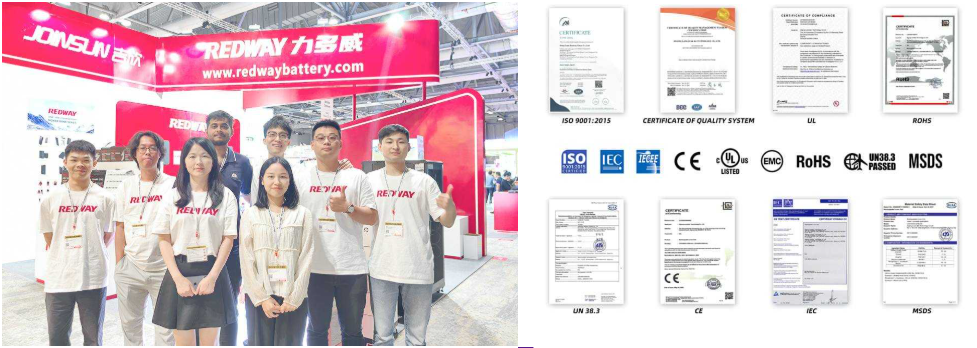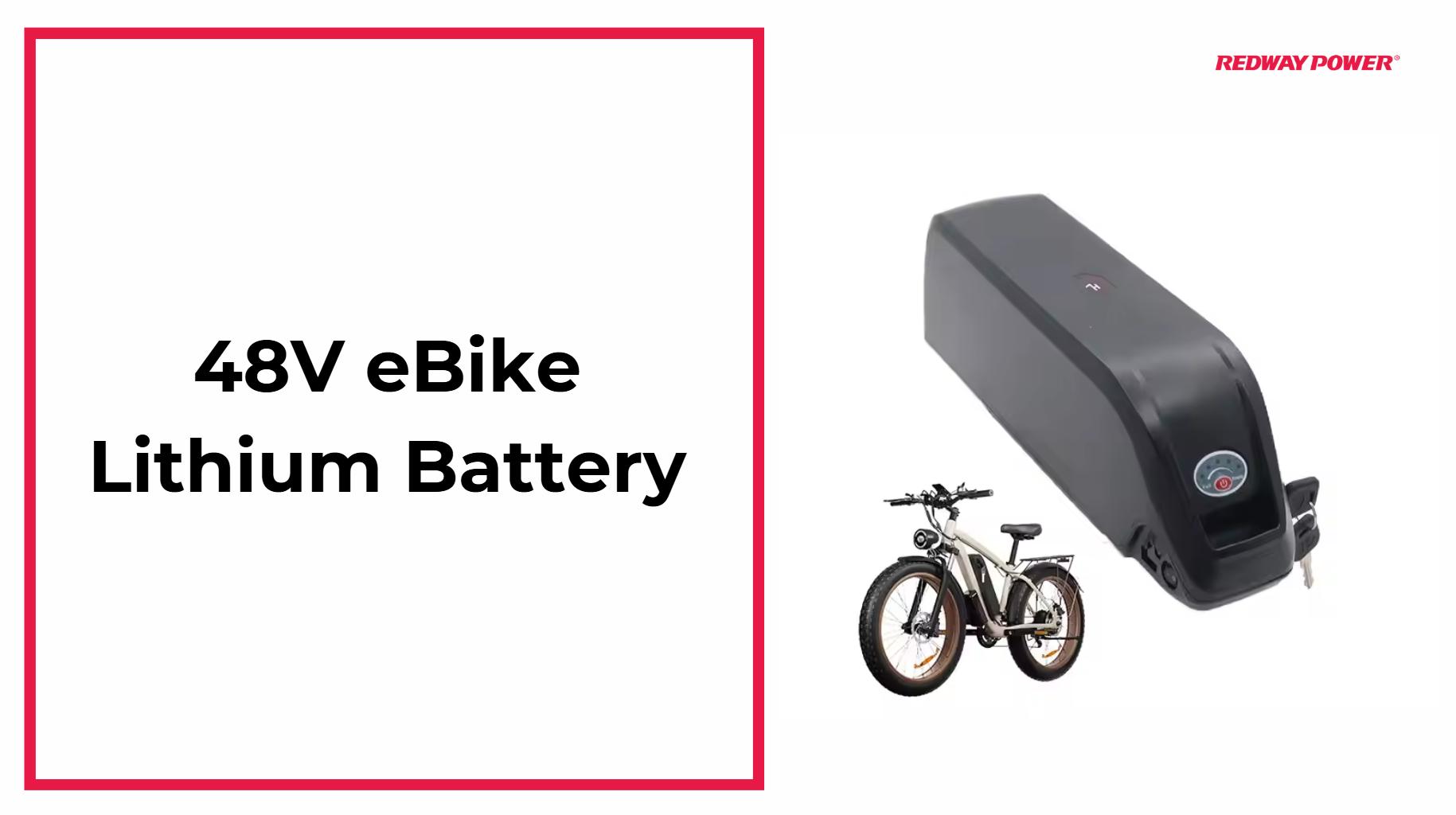The fully charged voltage of a 48V e-bike battery typically ranges from 54.6 volts to 58 volts, depending on the specific battery chemistry and configuration used in the e-bike system. Understanding this voltage range is crucial for ensuring optimal performance and longevity.
What is the Fully Charged Voltage of a 48V E-Bike Battery?
A fully charged 48V e-bike battery, particularly those using lithium-ion cells, usually reaches approximately 54.6 volts when charged to its maximum capacity, which corresponds to the nominal voltage rating of 48 volts across multiple cells configured in series.Chart: Charging Voltages for Different Chemistries
| Chemistry | Fully Charged Voltage |
|---|---|
| Lithium-Ion | ~54.6 volts |
| Lead-Acid | ~56.4 volts |
How Do E-Bike Battery Voltage Levels Work?
E-bike batteries are rated by their nominal voltage, which represents the average voltage during discharge, but they can exceed this value when fully charged due to individual cell characteristics—typically, lithium-ion cells have a maximum charge voltage of about 4.2 volts per cell.Chart: Understanding Voltage Levels During Use
Wholesale lithium golf cart batteries with 10-year life? Check here.
| State of Charge (SoC) | Typical Voltage Level |
|---|---|
| Fully Charged | ~54.6 volts |
| Half Charged | ~48 volts |
| Near Empty | ~42 volts |
How Can You Test the Voltage of Your E-Bike Battery?
To test your 48V e-bike battery, use a multimeter set to measure DC voltage. Connect the positive lead to the positive terminal and the negative lead to the negative terminal, then read the displayed voltage to determine if it is within expected ranges.Chart: Steps for Testing Your E-Bike Battery
| Step | Action |
|---|---|
| Set Up Multimeter | Adjust to measure DC voltage |
| Connect Leads | Attach leads to battery terminals |
| Read Output | Check voltage displayed |
What Are Recommended Charging Practices for 48V E-Bike Batteries?
To ensure optimal performance and longevity, always use chargers specifically designed for lithium batteries, avoid overcharging by disconnecting once fully charged, and store batteries in moderate temperature conditions when not in use.Chart: Best Practices for Charging
Want OEM lithium forklift batteries at wholesale prices? Check here.
| Practice | Description |
|---|---|
| Use Compatible Chargers | Ensures safe and efficient charging |
| Avoid Overcharging | Disconnect charger once full |
| Store Properly | Keep in cool, dry conditions when not in use |
What Common Misconceptions Exist About E-Bike Battery Voltages?
Common misconceptions include believing that all lithium batteries have identical voltage characteristics or that they can be charged with any charger type without consequences. In reality, each type has specific requirements that must be followed to ensure safety and performance.Chart: Myths vs. Facts about Lithium Batteries
| Myth | Fact |
|---|---|
| All lithium batteries are alike | Different chemistries have different voltages |
| Any charger works | Chargers must match battery specifications |
How Does Battery Chemistry Influence Voltage?
Battery chemistry affects not only the voltage output but also the overall performance characteristics of the battery pack. Lithium-ion batteries are commonly used in e-bikes due to their high energy density and ability to maintain stable voltage under load compared to other chemistries like lead-acid.Chart: Comparison of Lithium-Ion Chemistries
| Chemistry | Nominal Voltage | Characteristics |
|---|---|---|
| Lithium Cobalt | ~3.6 V | High energy density |
| Lithium Iron Phosphate | ~3.2 V | Stable discharge |
| Lithium Manganese | ~3.7 V | Good thermal stability |
What Are the Signs of a Failing E-Bike Battery?
Signs that your e-bike battery may be failing include rapid loss of charge, inability to hold voltage under load, swelling or physical damage, and excessive heat during charging.
How Long Can You Expect a 48V E-Bike Battery to Last?
With proper care and regular maintenance, you can expect your 48V e-bike battery to last between three to five years or longer depending on usage patterns and charging habits.
What Safety Features Should You Look For in an E-Bike Battery?
When selecting a battery for your electric scooter or e-bike, look for safety features such as built-in protection against overcharging, short-circuiting capabilities, and robust housing materials that prevent leaks or ruptures under extreme conditions.
Expert Views
“Understanding how your battery operates under different conditions is essential for maintaining performance and extending lifespan,” states energy expert Jane Doe.
How to Check your Battery Voltage
FAQ Section
- What is the best type of battery for my e-bike?
Lithium-ion batteries are generally recommended due to their efficiency and performance characteristics. - Can I use any charger for my lithium battery?
No, always use chargers specifically designed for lithium batteries to prevent damage. - How do I know what capacity I need?
Calculate based on your e-bike’s power requirements; consult manufacturer guidelines if needed.






